There’s a good reason why 3 million people visit Heidelberg every year. From the moment you set foot in Heidelberg’s Baroque Old Town, you feel like you’ve been transported back into scenes from Grimm’s Fairytales. With these fascinating medieval scenes, its no wonder Heidelberg is one of Germany’s most visited places—remarkable for a town of only 133,000 residents. And many of these visitors are German, a nation known for its discerning travelers.
Although the Brothers Grimm lived in Hanau, 70 miles away, it’s easy to believe they might have gained some inspiration for some of their stories from Heidelberg’s magical setting. Nestled on a flat, narrow strip of land measuring 600 meters deep by 1 mile wide, between the River Neckar and the edge of the dense Odenwald Forest, Heidelberg’s Old Town is the epitome of classic German Romanticism.
With most of its tourist attractions packed into Old Town, which dates from 1196 when it was known as “Heidelberch”, Heidelberg delivers a heavy touristic punch for its light weight. The old town is your best location for accommodation—why stay in Heidelberg’s modern outer suburbs when you can stay a few minutes’ walk from the Old Bridge, restaurants, the town’s museums, and the Castle? My hotel, the Hollander Hof, is 100 yards from the Old Bridge’s (Alte Brucke) arched entryway. I start my Heidelberg tour between the two medieval stone towers flanking the arch. Spanning the murky River Neckar, the Old Bridge is one of Heidelberg’s most renowned landmarks, built between 1786-88. Destroyed during World War II, it was rebuilt perfectly, stone by stone.
I stroll across the lengthy bridge. The view from the riverbank across Old Town’s tidy medieval cobble stone lanes and alleys is superb. Gazing along the neat rows of ancient streets lined with renaissance architecture and baroque facades, I think this really is Brothers Grimm country. In the background, the green tree-clad Odenwald Forest recedes gently into the far distance. It wouldn’t take much imagination to see a red caped girl step out of the forest and a wolf with large red eyes hiding behind a tree. My eyes are drawn up to the magical castle perched on the mountainside. It overlooks the town like an aged, benevolent grandmother, dominating all. Soon I’ll be marching along its ramparts, but first I have to see the old town.
Susanne Fiek, a vivacious blond and Heidelberg’s best-known guide and author of two books about the town, has joined me. She often leads her historical tours dressed in medieval garb, to get into the spirit. We amble through the cobbled streets admiring the aged buildings. “Heidelberg” she explains, “escaped heavy bombing during World War II, which is why it’s so well preserved today”.
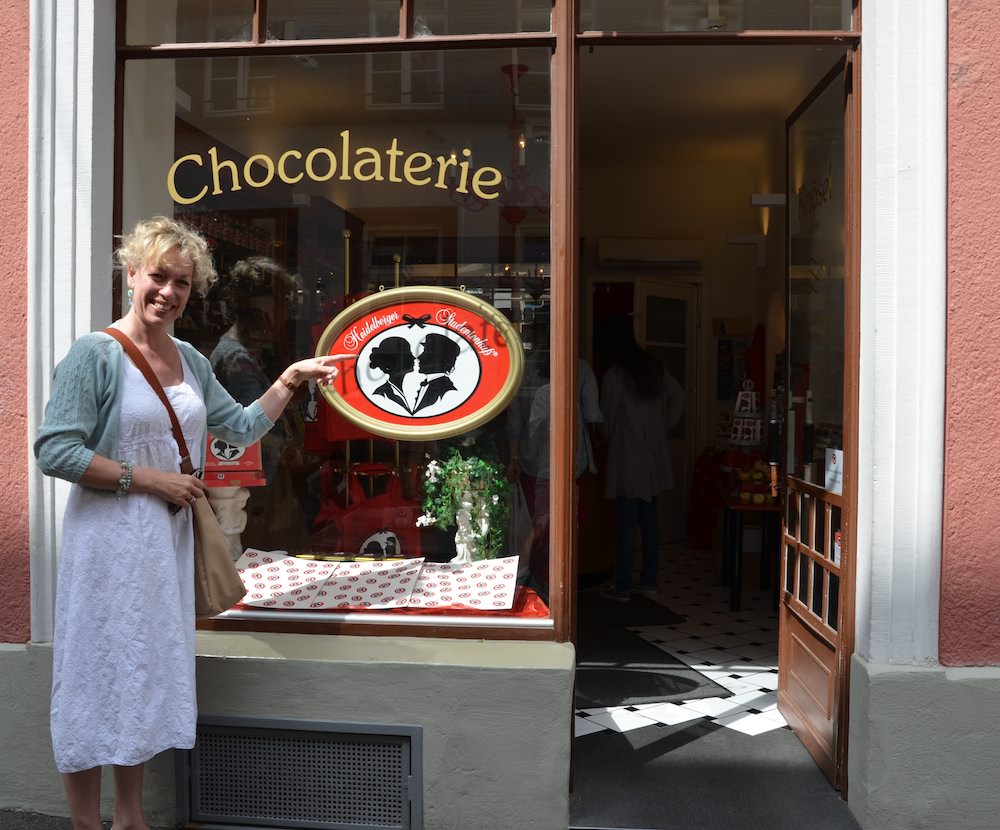
Susanne Fiek will tailor your walking tour to your interests and time. and she knows every chocolaterie in town!
We stop at a couple of Susanne’s favorite chocolate shops including famous praline manufacturer Helgo Vorbach’s small store. “Guten tag, Helgo”, says Susanne, obviously a frequent visitor to the chocolatier. “May we try some of your chocolates?” He proudly shows me his hand-crafted delicacies and offers me samples. They’re good. Really good! After trying Helgo’s orange-grapefruit, mango, and cappuccino pralines, plus a few more for good measure, I wonder at what point should I stop tasting the samples to be polite? Chocolate bliss! And I’m not even a chocolate lover.
As we move on, Susanne continues the story of Heidelberg. “Heidelberg was ruled by the counts of the Palatinate from 1214. These counts decided which kings were to be elected”, she tells me. The counts ran the town for almost 500 years and contributed greatly to its history. “One of their main contributions was the university”, Susanne adds. Founded in 1386 by Ruprecht I, it remains the oldest and one of the most prestigious universities in Germany. Today it has expanded into six universities, boasting 36,000 students from all over the world.
This is a university town, all right. Its traditions are still palpable. We walk past the Studentenkarzer that served as the student jail for 200 years, up until 1914. With the university tasked with policing its more unruly students, it became a rite of passage for students to be locked up here for ‘indecorous’ behavior. While imprisoned in the Studentenkarzer, the students were allowed out to attend classes and take exams. My kind of school!
We step into another popular student institution, the Zum Roten Ochsen (The Red Oxen) Pub, built in 1703. This aged inn has resounded to the excited chatter and intellectual conversation of students for the past 170 years.Having been under continuous management by six generations of the Spengel family, the Roten Ochsen still provides a lively refuge for students. They sit around ancient, hefty wooden tables decorated with elaborate woodcarvings, perpetuating the traditions of the hard-drinking student of ages past.
Eccentric artifacts decorate its walls and ceiling. You’ll see drinking horns, beer mugs, and centuries-old graffiti everywhere—carved into the walls by well-lubricated students. Haphazardly placed historic pictures, lithographs, and paintings also tell the stories of Heidelberg and its people over the eons, some of whom made good, and some who made bad.
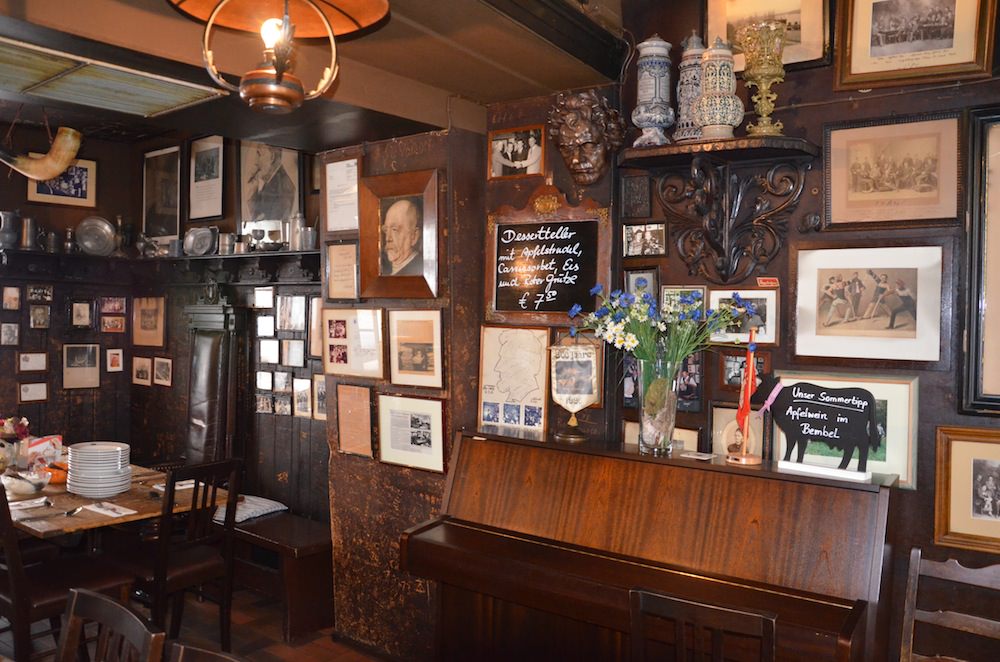
Eccentric artifacts decorate the walls and ceiling of the red oxen. You’ll see drinking horns, beer mugs and other artifacts
We finish our tour of the Old Town in the cobbled Marktplatz, or marketplace. It’s lined with fine town houses and a baroque Rathaus (town hall). Today the square is packed with clusters of tour groups and locals enjoying the sunshine. It’s hard to imagine that during its more austere days this square was the site of executions and the burning of witches and heretics.
A red sandstone Baroque church, the Heiliggeistkirche, looks somberly down on the square. Built between 1400-1441, the Church of the Holy Spirit is the town’s oldest sanctuary. And no doubt this was from whence the orders to execute the witches came.
Heidelberg Castle
When visiting the Castle you have a choice of taking the funicular or walking up the pedestrian walkway, the Burgweg. It’s about a 15-minute walk up to the castle. We take the funicular to save time.
The castle retains the majesty of its halcyon days. Acknowledged as being one of the finest renaissance castles in Europe the castle is a jumble of residences, fortifications, and palaces in Medieval, Gothic, Renaissance, Baroque and Rococo architecture. This confusing pantheon of buildings is not surprising considering the castle was continuously added to between the 13th and 17th centuries.

The palace facade, with its impressive renaissance front overlooking the courtyard, bears statues of the german kings
The palace facade, with its impressive Renaissance front overlooking the courtyard, bears statues of the German kings. Descending into the cellar I gaze in awe at one of the largest wine vats in the world—it’s two stories high. This massive wooden Heidelberg Tun (aka Grosses Fass) has a capacity of 57,720 gallons, and has some legend attached. Built to hold the portion of the wine harvest reserved for the Electors, this huge barrel was guarded by Perkeo, the court jester, who apparently had a formidable thirst for the vino. He died soon after ingesting a glass of water, so great was the shock to his system at drinking a non-alcoholic beverage. Fair enough.
Just as the Elector Ruprecht III and King Friedrich V must have done, Susanne and I promenade along the Castle Terrace, admiring the magnificent view over the city. Again I see a Grimm’s fairy tale scene: the picturesque jumble of red and gray tiled roofs of the old town, with the church standing tall and dignified in the middle.
Other memorable parts of the castle include the Elisabethentor, an ornate stone gateway that Frederick V had constructed overnight for his bride, Elizabeth Stuart. Corinthian columns, and statues of maidens holding bouquets of flowers and regal lions decorate the gate’s exterior. The Gesprengter Turm, or “blown-up tower” is a sad looking remnant of the sacking of the castle in the 1693 war, by the French. The castle holds many surprises in store for visitors, but I’ll stop here, and let you discover them for yourself when you visit Heidelberg.

The gesprengter turm, or “blown-up tower” is a sad looking remnant of the sacking of the castle in the 1693 war, by the French.
Of all the cities I visited on my whistle stop tour of SW Germany, Heidelberg is the town I regretted not staying on for another day or two, to absorb its sights and revel in its magic. You should allow two or three days to fully appreciate this lively town. The Brothers Grimm would still feel at home in Old Town Heidelberg. It hasn’t changed much since their halcyon days. They would be proud.
The Heidelberg Card
This pass can be purchased for 1, 2, and 4-days and covers virtually every tourist attraction in Heidelberg The Heidelberg pass gives discounts on walking tours (of which there are many), bus tours, boat trips and shops including the city and castle, nature hikes, university tours, museum entry, cultural events, and some restaurants. You can use it to ride on the city’s VRN metro buses, trams, and some trains.
Your Guide
Susanne Fiek knows Heidelberg’s history, buildings, and restaurants like no other. This stunning and fun lady will tailor your walking tour to your interests and time. And she knows every chocolaterie in town!
Where to Stay in Heidelberg
Hotel Hollander Hof
Located right by the entrance to the Old Bridge, in the historic old town, the Hotel Hollander Hof, with a pink Baroque façade, is an ideal place to stay during your visit to Heidelberg. Ask for a room overlooking the river at the front of the hotel. There are numerous restaurants within a few minutes’ walk of the hotel. Its great staff, excellent breakfast, and clean and cozy room made my Heidelberg stay most enjoyable. I would have loved to stay longer here.
Where to Eat in Heidelberg
Goldener Hecht. Located next to Hotel Hollander Hof, in the shadow of the towers of the old bridge, the Goldener Hecht is one of Heidelberg’s best restaurants. It’s also a hotel, so consider staying at the Hotel Goldener Hecht when Hollander Hof is fully booked.
Written by and photos by (unless otherwise noted) Roy Stevenson for EuropeUpClose.com


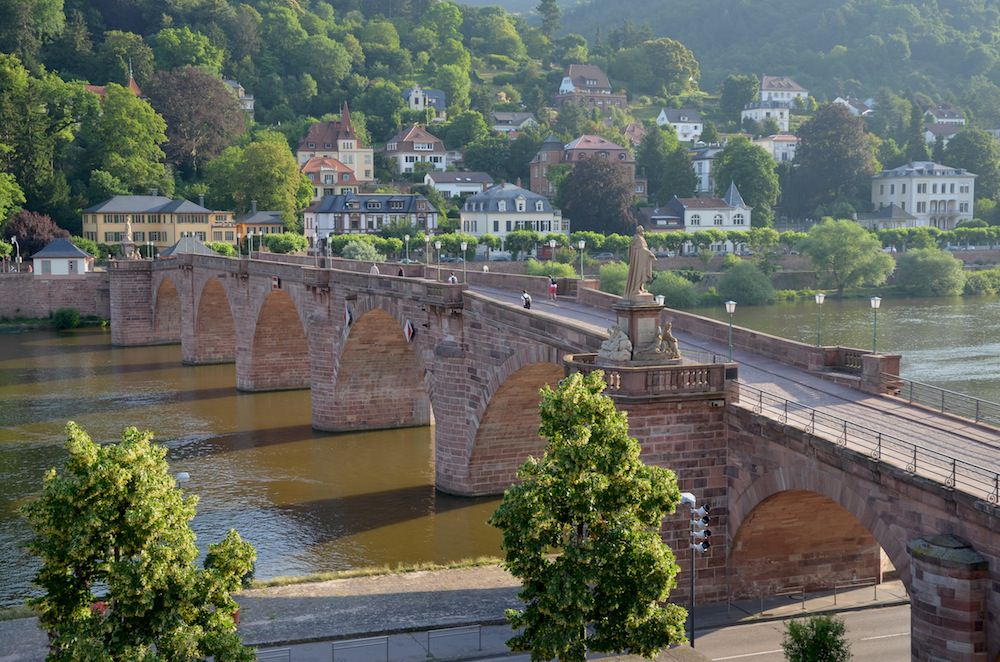


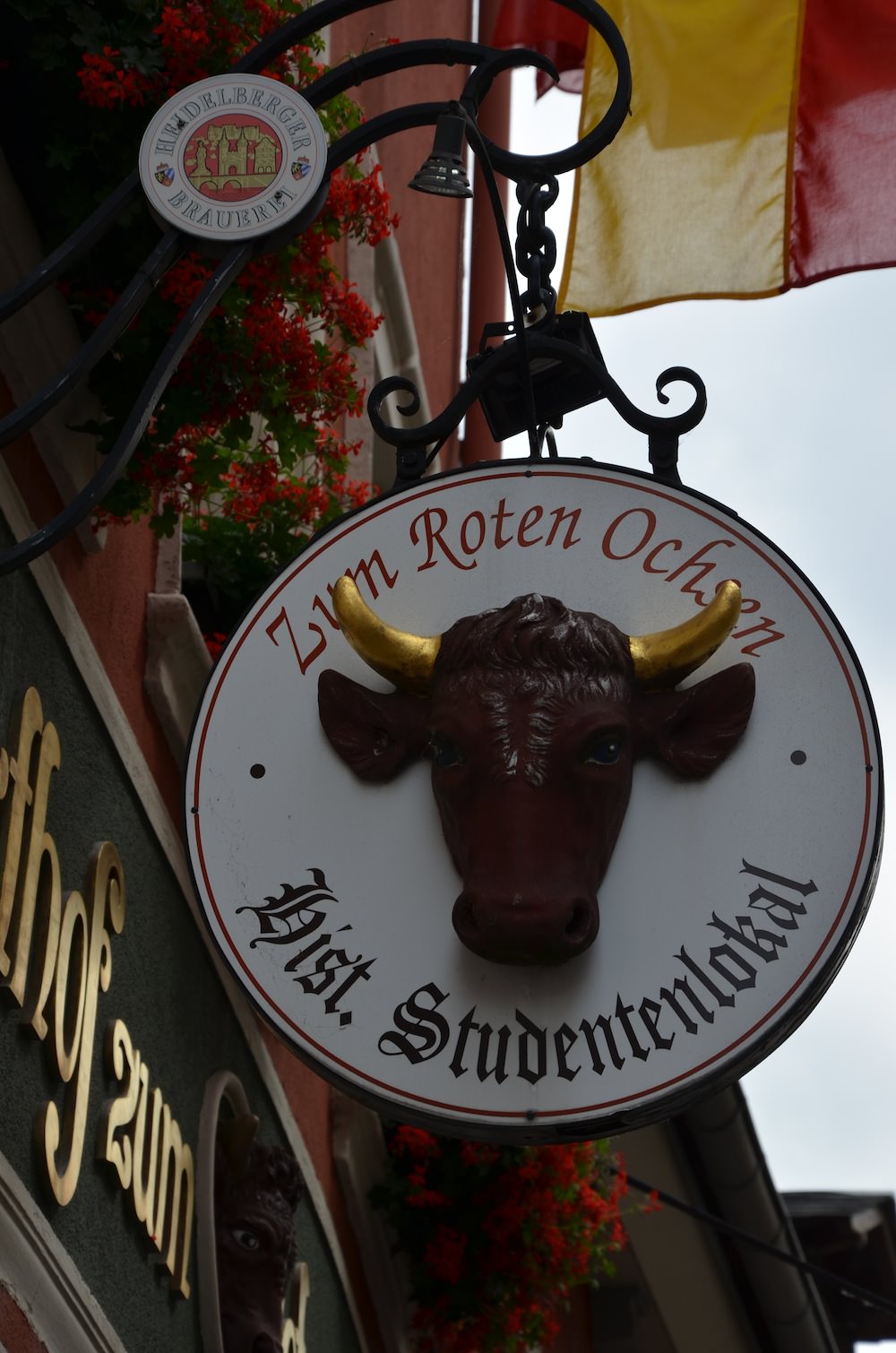
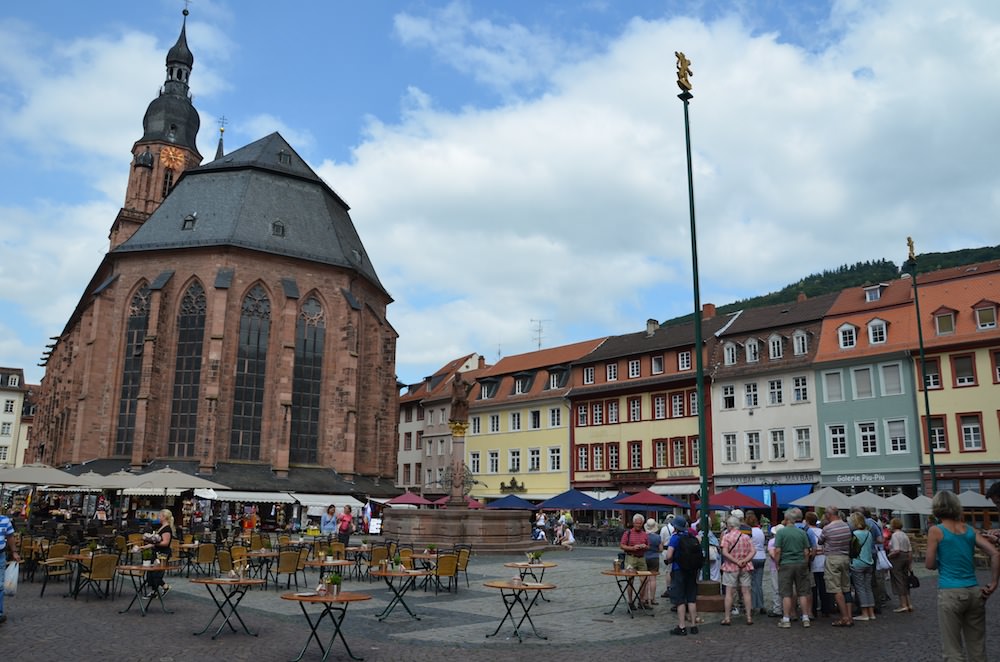
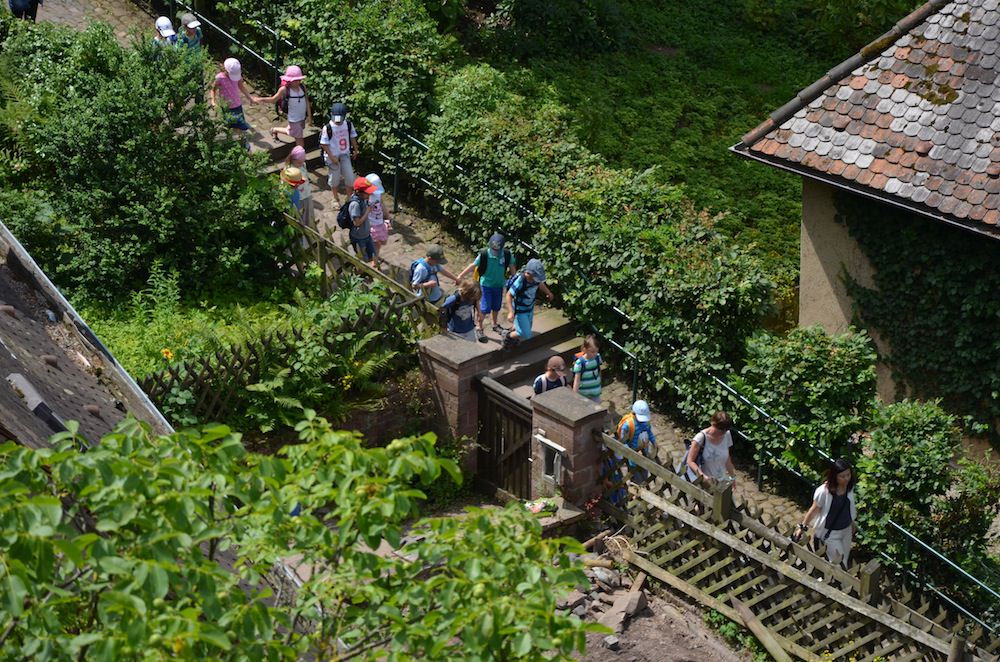
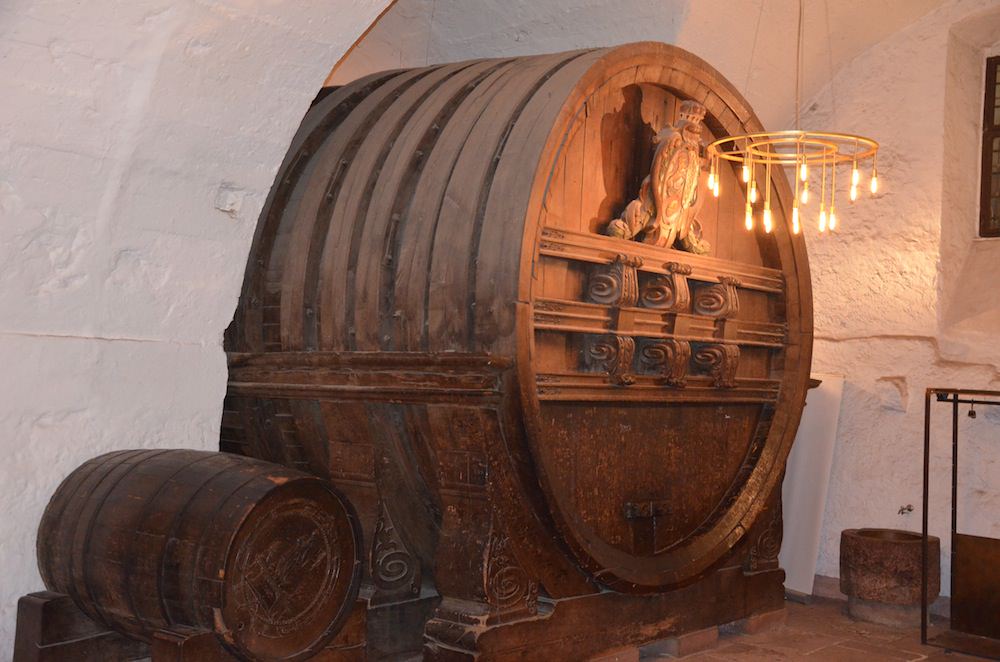

Ursula
Saturday 23rd of April 2016
Thanks for bringing back memories. I lived in the old town from 1980-1988 and a lot of places still look familiar.